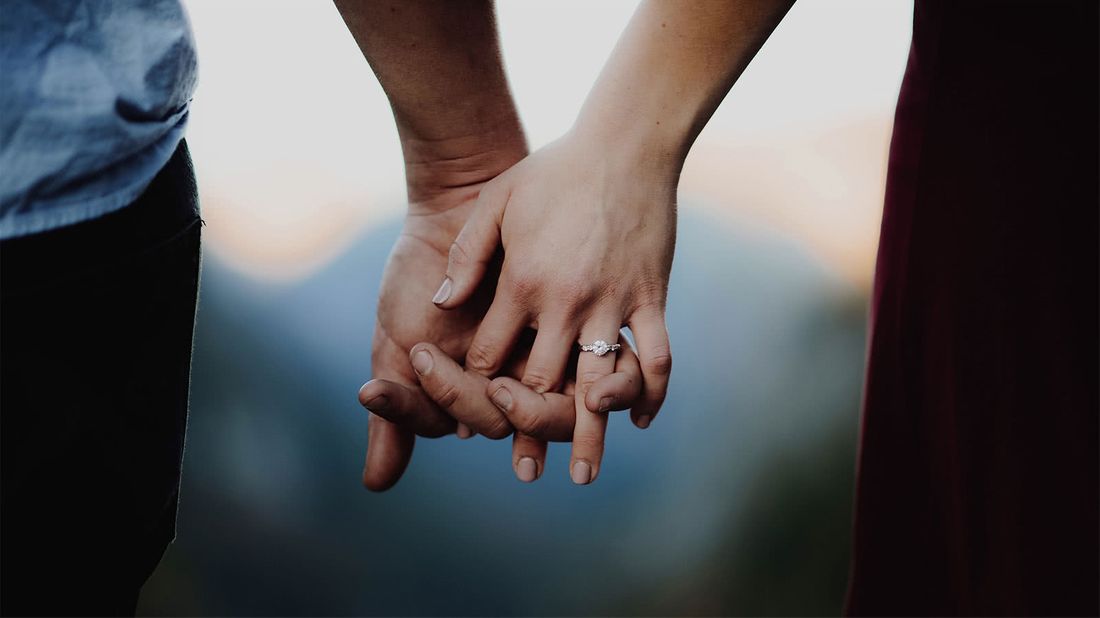
You’re ready to pop the question but something is missing: The ring. The trusted adage about buying a diamond says that the engagement ring cost should be the equivalent of two months’ salary, but is that really still the case? For the most part, no.
First, the saying originated from a 1930s ad campaign hoping to draw buyers toward a post-Depression investment. Not only is a diamond not a great investment per se, since the resale is typically a fraction of the cost, but people are getting married later in life. Two months’ salary in your early 20s versus two months’ salary in your 30s is vastly different. Luckily, there are several rules of thumb to follow when it comes to buying the sparkler of a lifetime.
-
NARROW DOWN YOUR BUDGET
Straight monthly salary calculation aside, what do you really want to spend? Or rather, how much money do you want to have left in the bank afterward? Keep in mind that most partners would not want anyone going into debt, risking credit or wiping out their savings for a little bling. Make a call that is reasonable, and do your best to stick to it.
-
BREAKING DOWN THE “4 Cs”
Let’s get this out of the way: Everyone has heard of considering the “4 Cs,” when pricing out diamonds, but what does that really mean?
Carat: We’re talking about the literal weight of the diamond here. It’s also the technical answer to the question, “How big is that ring?” For point of reference, the average engagement ring’s carat size in the United States is 1.0 carat, and costs an average of $6,000.
Clarity: Most diamonds look pretty clear to the untrained eye, but put that rock under magnification and subtle imperfections can be detected. A perfect diamond is rare (and extremely expensive); a quality rating that won’t break the bank is one with a Gemological Institute of America (GIA) “VS2” or higher. In these stones, the flaws are slight, and only visible when magnified at 10x.
If you follow only one rule when it comes to buying an engagement ring, it’s to comparison shop.
Color: The color scale is an indication of how much color is in the stone (pink or yellow diamonds have their own scale) and the GIA ranks them from a colorless D rating, through Z. To the untrained eye, a stone with a G rating is of good quality and price.
Cut: We aren’t talking round versus princess cut; rather, the “cut” in the 4 Cs refers to the placement and shape of the facets. Long story short, it’s what makes a diamond sparkle as the light bounces off the facets. A bad cut can make the stone look flat and lifeless, regardless of the carat size. The GIA rates cut from Excellent to Poor.
-
SHOP AROUND
If you follow only one rule when it comes to buying an engagement ring, it’s to comparison shop, no matter how small or large your budget is. For example, a 1.0-carat diamond, with a VS2 clarity rating, G color rating, and a “good” cut can cost one price at a well-known chain, and a very different, often less expensive price at an under-the-radar jeweler.
-
BEYOND THE RATING
It’s easy to be overwhelmed by the intricacies of the diamond process, and it’s also possible to assume a diamond is what your mate wants. If asking in a straightforward way isn’t in the cards, take a moment and consider if the traditional diamond is actually what your significant other wants. If something non-traditional is their vibe, other precious gems make great ring centerpieces for less: ruby, raw opal, onyx and jadeite are all alternatives that not only make a statement, but can also bring the price down. Don’t rule out vintage finds, either. And last but not least: Follow your gut.
Take the next step.
Your advisor will answer your questions and help you uncover opportunities and blind spots that might otherwise go overlooked.
Let's talk






